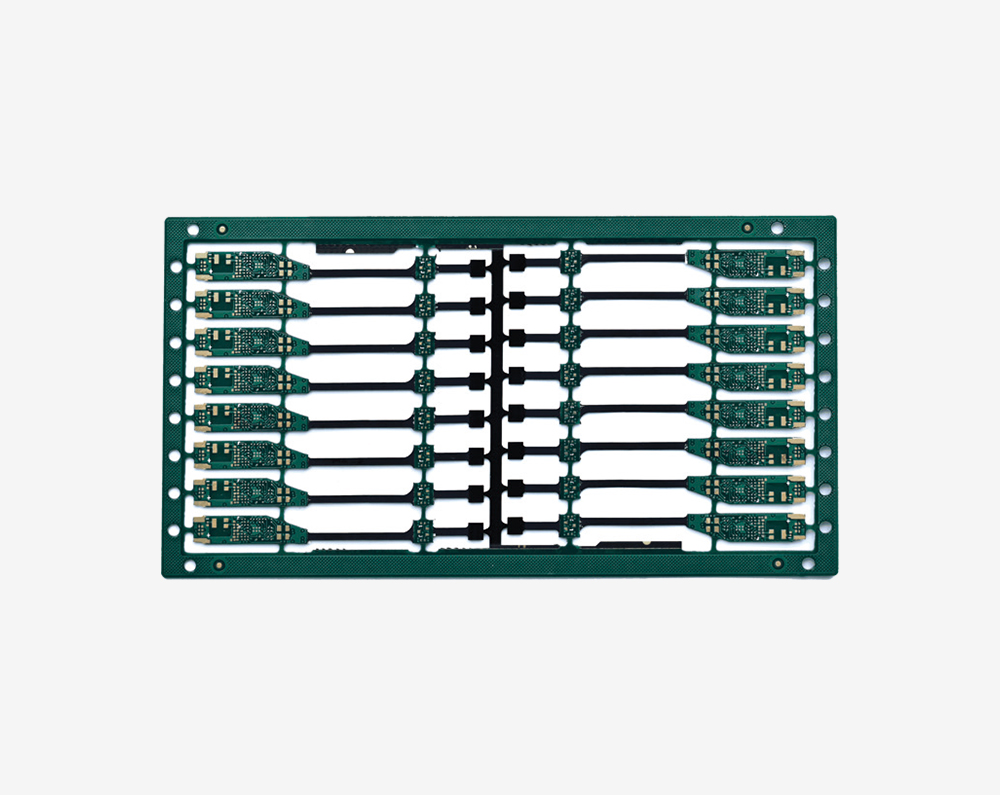Time:2023-08-03Views:
1、 Introduction: With the continuous improvement of human requirements for living environment, the environmental issues involved in the production process of PCB circuit boards are particularly prominent. The topic of lead and bromine is currently the most popular; Lead-free and halogen-free technologies will affect the development of PCB circuit boards in many ways.
Although at present, the changes in the surface treatment process of circuit boards are not significant and may seem distant, it should be noted that long-term slow changes will lead to significant changes. With the increasing demand for environmental protection, the surface treatment process of PCB circuit boards is bound to undergo significant changes in the future.
2、 The purpose of surface treatment is to ensure good weldability or electrical performance, which is the most basic purpose of surface treatment. Due to the tendency of copper in nature to exist in the form of oxides in the air, it is unlikely to remain the original copper for a long time, so other treatments are needed for copper. Although strong flux can be used to remove most copper oxides in subsequent assembly, it is not easy to remove, so the industry generally does not use strong flux.

3、 There are currently many surface treatment processes for PCB circuit board production, including hot air leveling, organic coating, chemical nickel/gold plating, silver immersion, and tin immersion. The following will introduce each process one by one.
1. Hot air leveling, also known as hot air solder leveling, is a process of coating molten tin lead solder on the surface of PCB circuit boards and flattening (blowing) them with heated compressed air, forming a coating layer that is not only resistant to copper oxidation but also provides good solderability. Hot air leveling forms copper tin intermetallic compounds at the junction of solder and copper. The thickness of solder to protect the copper surface is approximately 1-2mil.
PCB circuit boards should be immersed in molten solder during hot air leveling; The air knife blows out the liquid solder before it solidifies; The wind knife can minimize the crescent shape of solder on the copper surface and prevent solder bridging. Hot air leveling can be divided into two types: vertical and horizontal. It is generally believed that horizontal leveling is better, mainly because the horizontal hot air leveling coating is relatively uniform and can achieve automated production. The general process of hot air leveling for PCB circuit board manufacturers is: micro etching → preheating → applying soldering flux → tin spraying → cleaning.
2. The organic coating process is different from other surface treatment processes in that it serves as a barrier layer between copper and air; The organic coating process is simple and cost-effective, which makes it widely used in the industry. The early organically coated molecules are imidazole and Benzotriazole, which play an anti rust role. The latest molecule is mainly Benzimidazole, which is copper from Chemical bond nitrogen functional group to pcb circuit board.
In the subsequent welding process, it is not possible to have only one layer of organic coating on the copper surface, as there must be many layers. This is why it is usually necessary to add copper liquid in the chemical tank. After coating the first layer, the coating layer adsorbs copper; Next, the organic coating molecules in the second layer combine with copper until twenty or even hundreds of organic coating molecules gather on the copper surface, ensuring multiple reflow soldering. Experiments have shown that the latest organic coating process can maintain good performance in multiple lead-free welding processes. The general process of organic coating process is: degreasing → micro etching → acid washing → pure water cleaning → organic coating → cleaning, and the process control is relatively easy compared to other surface treatment processes.

